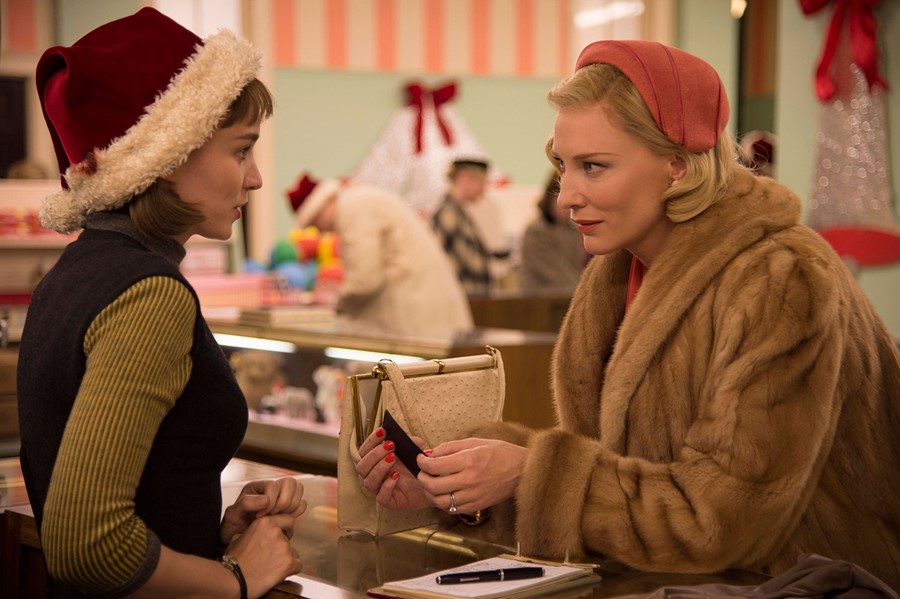To celebrate the release of Todd Haynes’ 1950s sapphic romance Carol, we’ve compiled a list of our favourite lesbian magnetisms on film
It’s hard to pin-point the moment when cinema went from portraying lesbianism in a purely subtextual manner to a more overt one, however the German Mädchen in Uniform is widely considered as the earliest example of a lesbian-themed motion picture. Released in 1931, the film was as revolutionary in its subject as it was in its production. The story of a schoolgirl who falls in love with a teacher, it was one of the first movies to be written, and largely directed, by women. While the end of World War II saw a return to stricter gender distinctions for the lesbian community, who were faced with harsher resistance and sexism, the topic continued to be addressed on the big screen in more or less obvious ways – from Alfred Hitchcock’s Rebecca to Audrey Hepburn and Shirley MacLaine in The Children’s Hour.
As society started to shift its sexual attitudes and lesbianism was no longer seen as taboo, cinematic representations of sapphic love were increasingly captured on celluloid. However, with Hollywood being a traditionally male-driven industry, lesbianism on film is often the result of a lipstick lesbian fantasy, or associated with problematic situations relating to feminism, parenting or marriage. Over the years, movies such as Bound (1996), Wild Things (1998) and Mulholland Drive (2001) paved the way for more expressive and honest portrayals of lesbian sexuality.
In his most recent addition to the growing subgenre, Todd Haynes’ new romantic drama Carol follows Rooney Mara in her Cannes-winning role of a young shopgirl in New York who falls in love with an upper-class married woman (Cate Blanchett). As their relationship is tested by conventional norms, their unexpected connection deepens, revealing the candid and resilient nature of their bond. So it’s in honour of decriminalised love, its joys and its sorrows, that today we consider the most beautiful depictions of lesbian relationships on film.
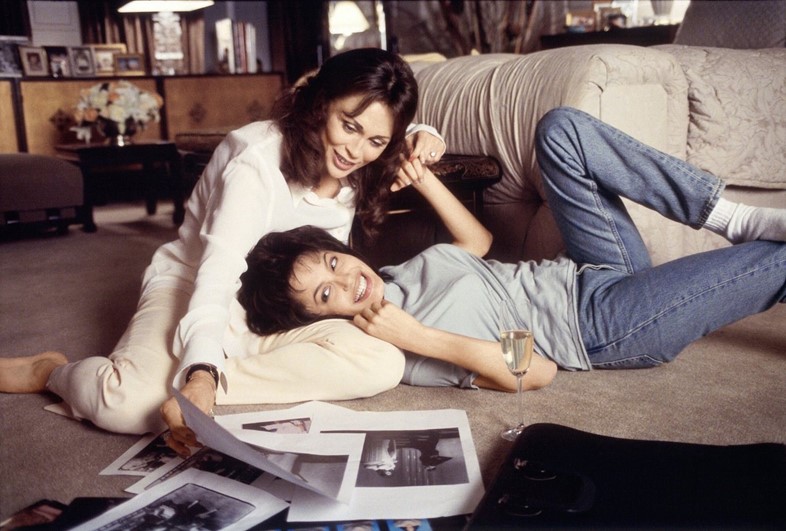
Gia (1998)
Starring Angelina Jolie in the leading role, the film is a bold exploration of lesbian sexuality through the life of supermodel Gia Carangi. Upon moving to New York City in the late 1970s, Gia is discovered by a powerhouse agent (Faye Dunaway) and swept into the world of modelling. From her swift rise to the top of the fashion industry to her severe addiction to heroin and her passionate relationship with a female make-up artist (Elizabeth Mitchell), the biopic traces Gia’s troubled personal life and remarkable career which came to a tragic end in 1986 as a result of AIDS-related complications.
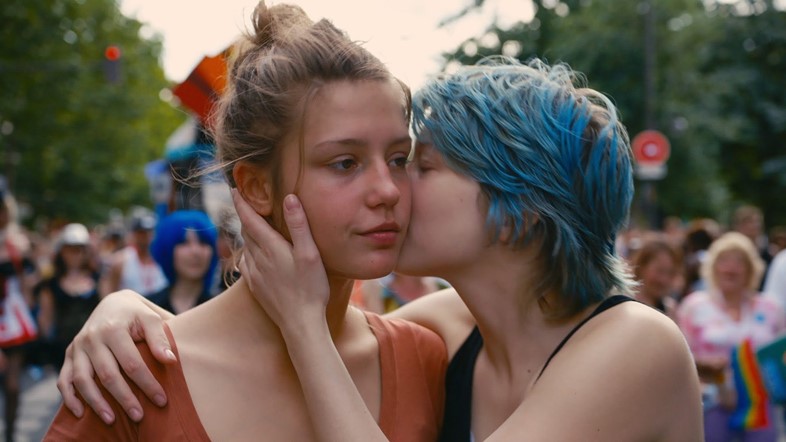
Blue is the Warmest Colour (2013)
In this powerful French drama directed by Palm d’Or-winning Abdellatif Kechiche, Adèle (Adèle Exarchopoulos) is a high school student trying to figure out her sexuality. Troubled by her lack of interest in men, Adèle develops an attraction to a free-spirited girl with blue hair named Emma (Léa Seydoux). Intense and intimate conversations alternate with explicitly erotic sex scenes in this raw and extraordinarily transportive tale of teen homosexuality.
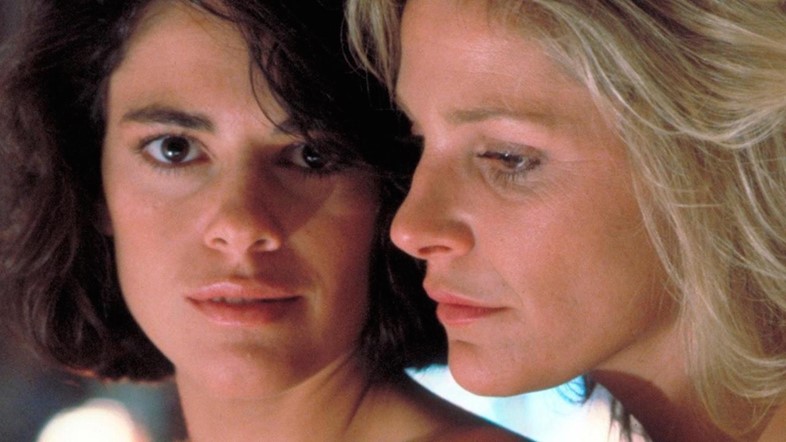
Desert Hearts (1985)
It’s 1959 and Vivian Bell, a frustrated English professor, travels to Nevada to obtain a quickie divorce permit. During her stay at a ranch for women going through the same process, Vivian becomes infatuated with a young, eccentric lesbian sculptress named Cay Rivvers. As Cay reciprocates the attraction, rocky sceneries and a country soundtrack paint the backdrop to this powerful drama about life decisions and trusting the heart.
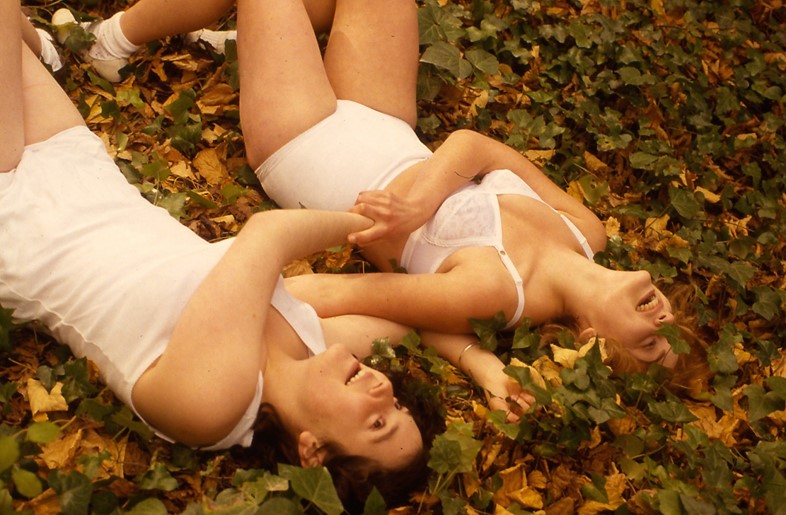
Heavenly Creatures (1994)
In this psychological drama directed by Peter Jackson, Pauline and Juliet are two teenage girls with a love of writing fantasy stories who create their own imaginary world and begin living in it together. Concerned with their obsessive relationship, their parents try to separate them unaware of the dark turns this will motivate. Featuring Melanie Lynskey and Kate Winslet in the leading roles, it is a scarily compelling cinematic rendition of lesbianism.
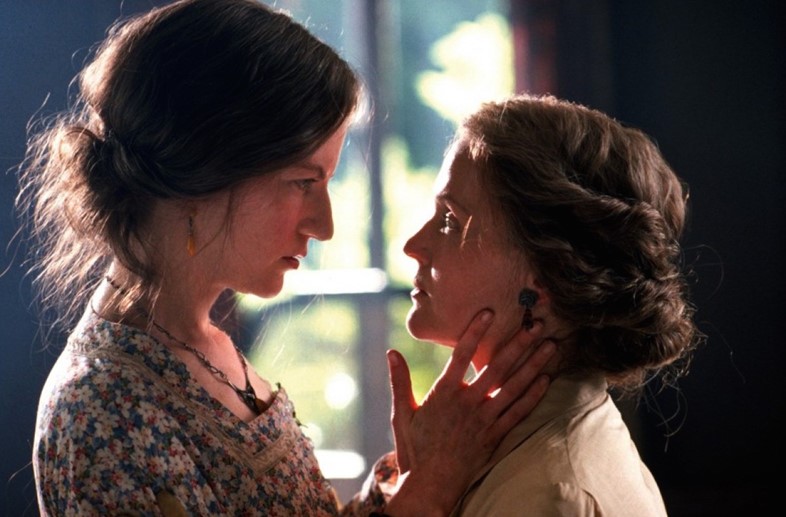
The Hours (2002)
Centering around the question of whether it’s better to live life for yourself or the expectations of others, The Hours is the story of three generations of questionably lesbian women whose lives interconnect through a Virginia Woolf novel – one is writing it, one is reading it and one is living it. The entire film takes place on a single day in three different years. In 2001 lesbian publisher Clarissa Vaughan (Meryl Streep) organises an award party for a late friend and poet, in 1951 Laura Brown (Julianne Moore) is an unsatisfied housewife dealing with an unhappy marriage, and in 1923 Virginia Woolf (Nicole Kidman) battles depression as she writes her novel.
Carol is in cinemas from November 27
